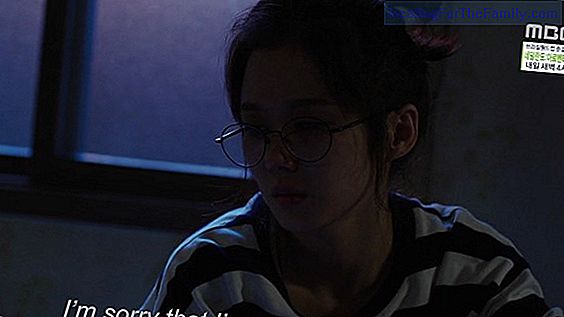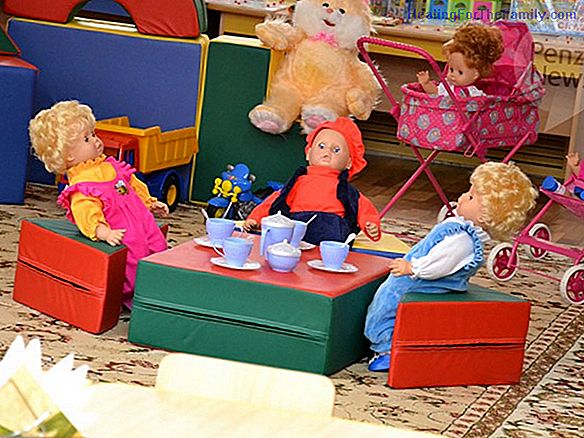Causes of stains on children's teeth
Teeth are usually white , especially milk teeth. The enamel is more or less transparent and allows the color of the dentin to pass, the next layer being yellowish (much more yellow and coarse in adults, that's why the final teeth look so dark when they come out, with respect to the adjacent teeth th
Teeth are usually white, especially milk teeth. The enamel is more or less transparent and allows the color of the dentin to pass, the next layer being yellowish (much more yellow and coarse in adults, that's why the final teeth look so dark when they come out, with respect to the adjacent teeth that remain milk).
Mothers are often the first to notice if there is a stain, a change of alteration or something that has changed the appearance of a tooth. Some spots are not important, and others are incipient caries lesions that require immediate treatment.
Tooth decay and white spots on milk teeth

Tooth decay is a process of demineralization (decalcification) of the hard structures of the tooth (enamel and dentin) as a consequence of the action of the bacteria that metabolize the sugar in the diet .
Early onset caries are those that occur before 3 years and typically affect the upper front teeth. They usually begin as a white, crescent-shaped spot on the front surface of the incisors, parallel to the gum line. These spots are demineralisations, which if not remineralized will start to become irregular, when the bacteria have already penetrated the enamel. Then they are dyed orange, brown, and they extend and deepen. When we see a white spot on a tooth it is essential to go to the dentist's office and assess whether it is a caries precursor lesion and put the means to prevent its advance.
But not all white spots are 'dangerous'. Any process that has altered the formation of the tooth can cause a white spot, but it is the specialist who must assess what it is.
Other types of spots on children's teeth
Not only can we find white spots, but also dark, brown or black por, for example due to the continued use of iron treatments for anemia.There are spots
that come from inside the tooth , and can not be removed, and othersthat are due to causes external to the tooth . For example, the 'chromogenic' stains, which are like a border that can be of different colors (brown, black, green), and is eliminated by professional cleaning, although it comes back after a short time, and is due to a specific type of bacteria that although it does not have any danger, affect aesthetics, especially in older children.When we brush the child's teeth
you have to raise your lip well to appreciate any change , If we do not look, we do not see, and it may be that when we see it is already too late. Do not think that the most dangerous spots are the 'ugliest' because it is exactly the opposite. The milder ones, the white ones, the ones that are barely noticeable are the ones that are most likely to cause problems. If there is any doubt, let us take the child to the pediatric dentist, who is the specialist who will assess the situation.











